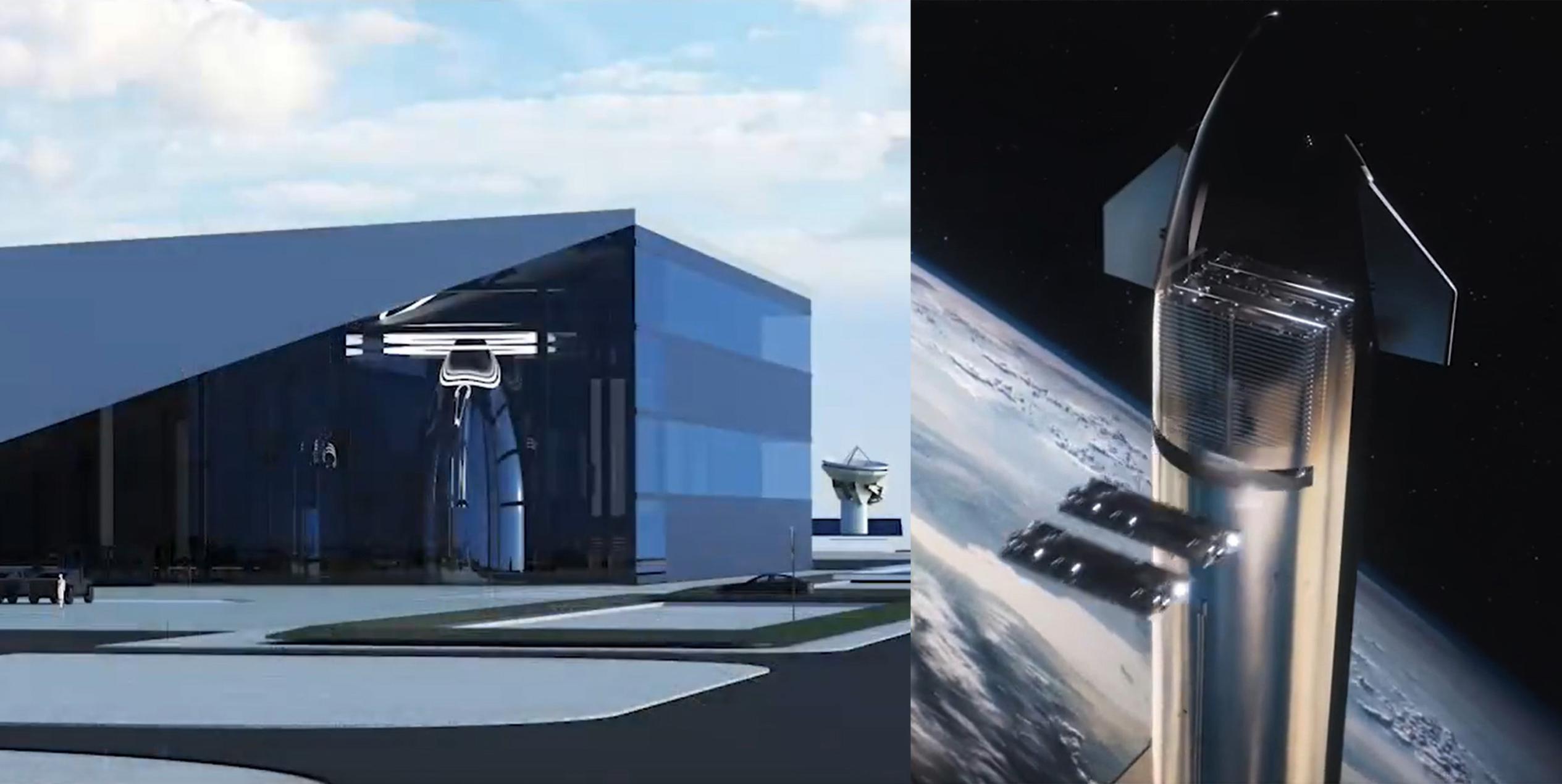

News
SpaceX CEO Elon Musk teases next-gen Starlink satellites, Starship factories
CEO Elon Musk has shared a slideshow from a recent SpaceX all-hands meeting, revealing the company’s current priorities, sources of pride, and the first official renders of a few future projects.
Falcon and Dragon
The last seven or so months have been a landmark period for SpaceX’s workhorse Falcon 9 rocket. For the first time ever, the company is actually matching or exceeding extremely lofty launch cadence targets publicly revealed by Musk earlier this year. In the first five months of 2022, SpaceX has completed 22 successful launches. In the last seven months, SpaceX has completed 30 launches. SpaceX also has at least five launches nominally planned for June, meaning that the company is on track to launch just over once per week in the first half of the year after Musk revealed a goal of 52-60 launches in 2022.
SpaceX’s Dragon spacecraft continue to excel, as well. Cargo Dragon is on the brink of its 26th space station cargo delivery, while Crew Dragon remains the United States’ only way to launch NASA astronauts to the International Space Station it spent tens of billions of dollars to help build. Crew Dragon’s private career is also off to an excellent start, with two all-private launches already down and a third and fourth planned in late 2022 and early 2023 on top of regular NASA transport missions.

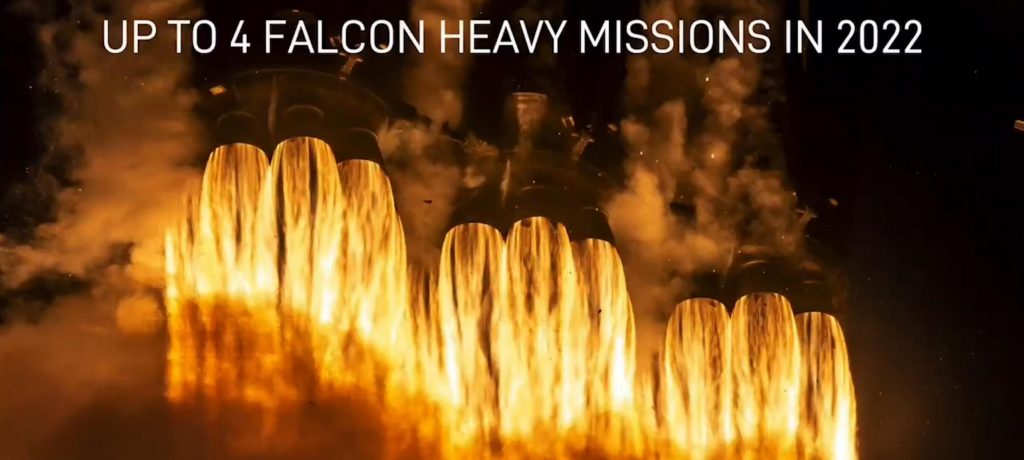
Starlink
According to Musk’s slide deck, SpaceX’s Starlink satellite internet constellation has secured close to half a million customers in 32 countries two and a half years after operational satellite launches began. The constellation has almost 2400 working satellites in orbit, of which almost 1800 are operational. There’s a good chance that half of all active satellites will be owned and operated by SpaceX within the next few months. SpaceX has also delivered more than 15,000 Starlink dishes to war-torn Ukraine and announced its first airline connectivity partnerships within the last few months.
Lastly, the CEO published the first official renders of SpaceX’s next-generation Starlink V2.0 satellites and the massive Pez dispenser-style mechanism Starships will initially use to deploy the massive spacecraft in orbit. Based on the renders, SpaceX appears to have more or less upscaled its existing rectangular Starlink V1.x satellite design by a factor of two, producing a spacecraft that will measure about 7 x 3 meters (23 x 10 ft). Curiously, the Starlink dispenser and tiny payload ‘slot’ shown only appear to allow Starship to carry around 60 satellites, suggesting that the company will need to develop a different deployment method to achieve its ultimate goal of launching 110-120 satellites at once.
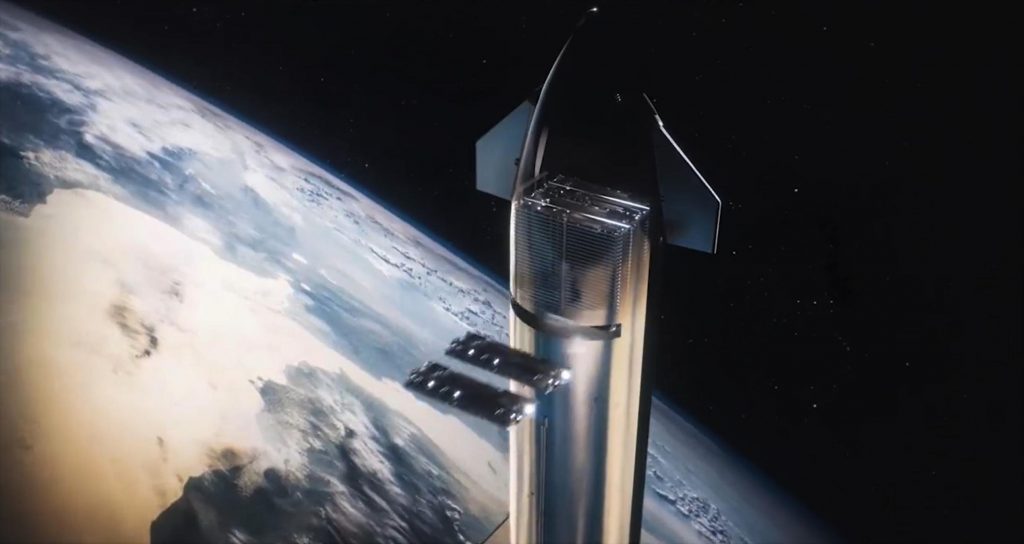
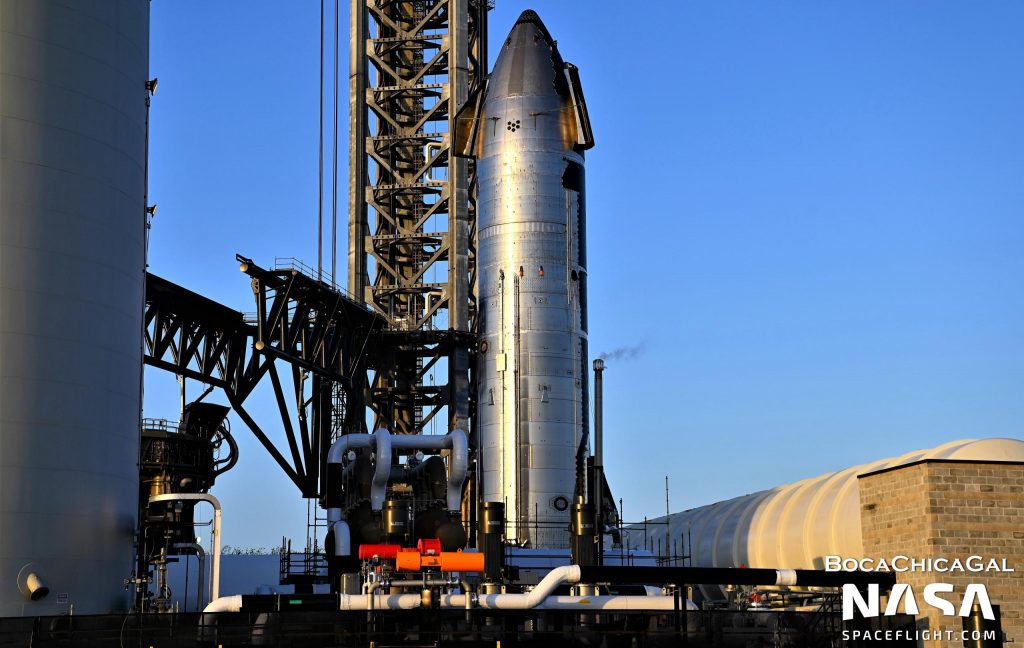
Starship
Finally, on top of sharing the first photo of Raptor engine installation on Super Heavy Booster 7, which could support Starship’s first orbital launch attempt later this year, Musk also revealed the first official renders of a pair of next-generation Starship factories SpaceX has already begun building. In South Texas, SpaceX is both expanding its existing Starship factory and replacing the three main sprung structures (tents) where most pre-stacking work has been done for the last two years with a single massive, permanent building.
At a new and rapidly growing SpaceX facility located on NASA Kennedy Space Center property, the company is simultaneously building a second next-generation Starship factory to supply multiple planned Florida launch sites with their own Starships and Super Heavy boosters.
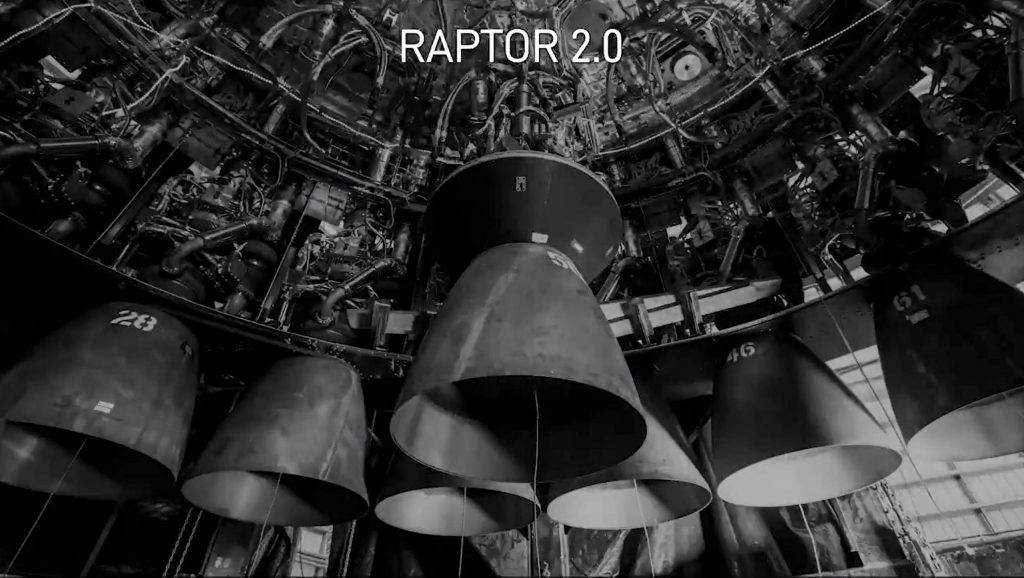
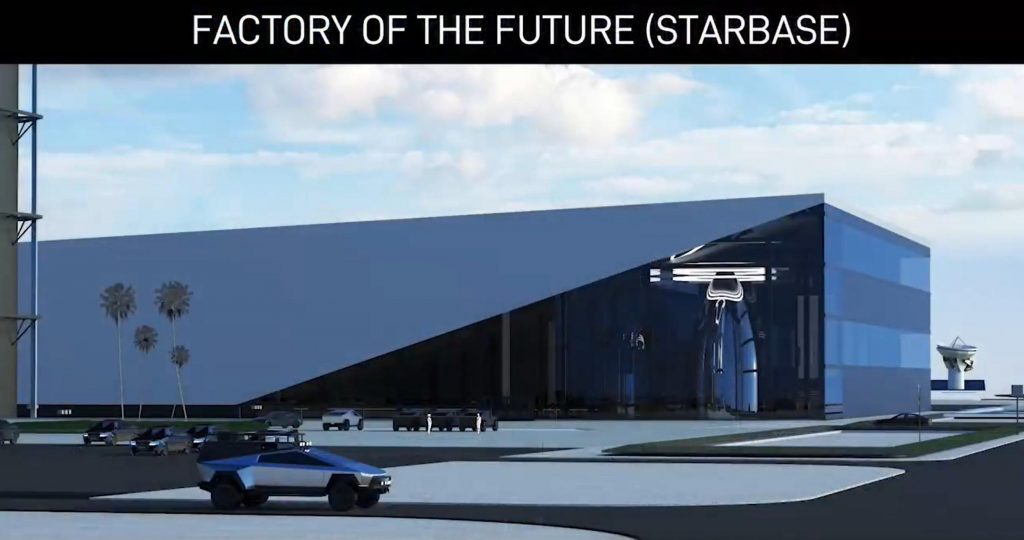
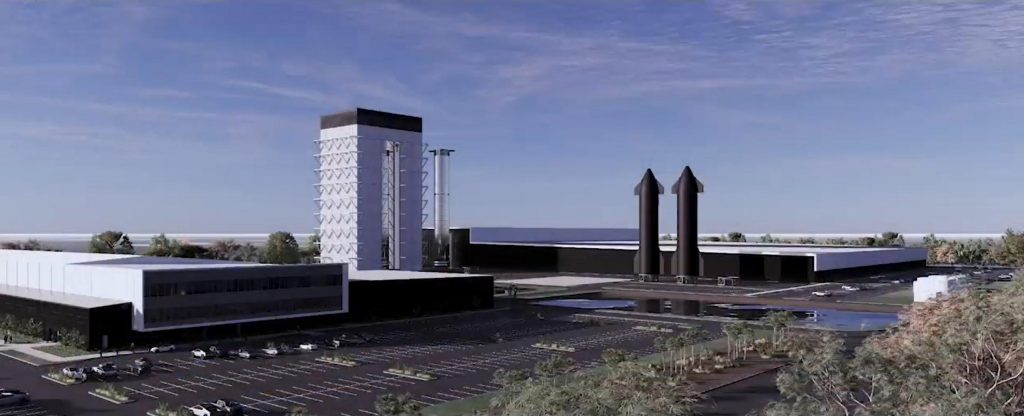
News
Tesla begins Robotaxi certification push in Arizona: report
Tesla seems serious about expanding its Robotaxi service to several states in the coming months.

Tesla has initiated discussions with Arizona transportation regulators to certify its driverless Robotaxi service in the state, as per a recent report from Bloomberg News. The move follows Tesla’s launch of its Robotaxi pilot program in Austin, Texas, as well as CEO Elon Musk’s recent comments about the service’s expansion in the Bay Area.
The Arizona Department of Transportation confirmed to Bloomberg that Tesla has reached out to begin the certification process for autonomous ride-sharing operations in the state. While details remain limited, the outreach suggests that Tesla is serious about expanding its driverless Robotaxi service to several territories in the coming months.
The Arizona development comes as Tesla prepares to expand its service area in Austin this weekend, as per CEO Elon Musk in a post on X. Musk also stated that Tesla is targeting the San Francisco Bay Area as its next major market, with a potential launch “in a month or two,” pending regulatory approvals.
Tesla first launched its autonomous ride-hailing program on June 22 in Austin with a small fleet of Model Y vehicles, accompanied by a Tesla employee in the passenger seat to monitor safety. While still classified as a test, Musk has said the program will expand to about 1,000 vehicles in the coming months. Tesla will later upgrade its Robotaxi fleet with the Cyercab, a two-seater that is designed without a steering wheel.
Sightings of Cybercab castings around the Giga Texas complex suggests that Tesla may be ramping the initial trial production of the self-driving two-seater. Tesla, for its part, has noted in the past that volume production of the Cybercab is expected to start sometime next year.
In California, Tesla has already applied for a transportation charter-party carrier permit from the state’s Public Utilities Commission. The company is reportedly taking a phased approach to operating in California, with the Robotaxi service starting with pre-arranged rides for employees in vehicles with safety drivers.
News
Tesla sets November 6 date for 2025 Annual Shareholder Meeting
The automaker announced the date on Thursday in a Form 8-K.

Tesla has scheduled its 2025 annual shareholder meeting for November 6, addressing investor concerns that the company was nearing a legal deadline to hold the event.
The automaker announced the date on Thursday in a Form 8-K submitted to the United States Securities and Exchange Commission (SEC). The company also listed a new proposal submission deadline of July 31 for items to be included in the proxy statement.
Tesla’s announcement followed calls from a group of 27 shareholders, including the leaders of large public pension funds, which urged Tesla’s board to formally set the meeting date, as noted in a report from The Wall Street Journal.
The group noted that under Texas law, where Tesla is now incorporated, companies must hold annual meetings within 13 months of the last one if requested by shareholders. Tesla’s previous annual shareholder meeting was held on June 13, 2024, which placed the July 13 deadline in focus.
Tesla originally stated in its 2024 annual report that it would file its proxy statement by the end of April. However, an amended filing on April 30 indicated that the Board of Directors had not yet finalized a meeting date, at least at the time.
The April filing also confirmed that Tesla’s board had formed a special committee to evaluate certain matters related to CEO Elon Musk’s compensation plan. Musk’s CEO performance award remains at the center of a lengthy legal dispute in Delaware, Tesla’s former state of incorporation.
Due to the aftermath of Musk’s legal dispute about his compensation plan in Delaware, he has not been paid for his work at Tesla for several years. Musk, for his part, has noted that he is more concerned about his voting stake in Tesla than his actual salary.
At last year’s annual meeting, TSLA shareholders voted to reapprove Elon Musk’s compensation plan and ratified Tesla’s decision to relocate its legal domicile from Delaware to Texas.
Elon Musk
Grok coming to Tesla vehicles next week “at the latest:” Elon Musk
Grok’s rollout to Tesla vehicles is expected to begin next week at the latest.

Elon Musk announced on Thursday that Grok, the large language model developed by his startup xAI, will soon be available in Tesla vehicles. Grok’s rollout to Tesla vehicles is expected to begin next week at the latest, further deepening the ties between the two Elon Musk-led companies.
Tesla–xAI synergy
Musk confirmed the news on X shortly after livestreaming the release of Grok 4, xAI’s latest large language model. “Grok is coming to Tesla vehicles very soon. Next week at the latest,” Musk wrote in a post on social media platform X.
During the livestream, Musk and several members of the xAI team highlighted several upgrades to Grok 4’s voice capabilities and performance metrics, positioning the LLM as competitive with top-tier models from OpenAI and Google.
The in-vehicle integration of Grok marks a new chapter in Tesla’s AI development. While Tesla has long relied on in-house systems for autonomous driving and energy optimization, Grok’s integration would introduce conversational AI directly into its vehicles’ user experience. This integration could potentially improve customer interaction inside Tesla vehicles.
xAI and Tesla’s collaborative footprint
Grok’s upcoming rollout to Tesla vehicles adds to a growing business relationship between Tesla and xAI. Earlier this year, Tesla disclosed that it generated $198.3 million in revenue from commercial, consulting, and support agreements with xAI, as noted in a report from Bloomberg News. A large portion of that amount, however, came from the sale of Megapack energy storage systems to the artificial intelligence startup.
In July 2023, Musk polled X users about whether Tesla should invest $5 billion in xAI. While no formal investment has been made so far, 68% of poll participants voted yes, and Musk has since stated that the idea would be discussed with Tesla’s board.
-

 Elon Musk1 week ago
Elon Musk1 week agoTesla investors will be shocked by Jim Cramer’s latest assessment
-

 Elon Musk3 days ago
Elon Musk3 days agoElon Musk confirms Grok 4 launch on July 9 with livestream event
-

 Elon Musk16 hours ago
Elon Musk16 hours agoxAI launches Grok 4 with new $300/month SuperGrok Heavy subscription
-

 News7 days ago
News7 days agoTesla Model 3 ranks as the safest new car in Europe for 2025, per Euro NCAP tests
-

 Elon Musk2 weeks ago
Elon Musk2 weeks agoA Tesla just delivered itself to a customer autonomously, Elon Musk confirms
-

 Elon Musk1 week ago
Elon Musk1 week agoxAI’s Memphis data center receives air permit despite community criticism
-

 Elon Musk2 weeks ago
Elon Musk2 weeks agoTesla’s Omead Afshar, known as Elon Musk’s right-hand man, leaves company: reports
-

 News2 weeks ago
News2 weeks agoXiaomi CEO congratulates Tesla on first FSD delivery: “We have to continue learning!”













